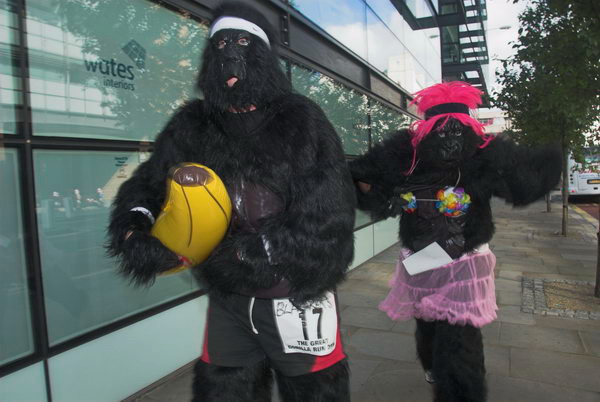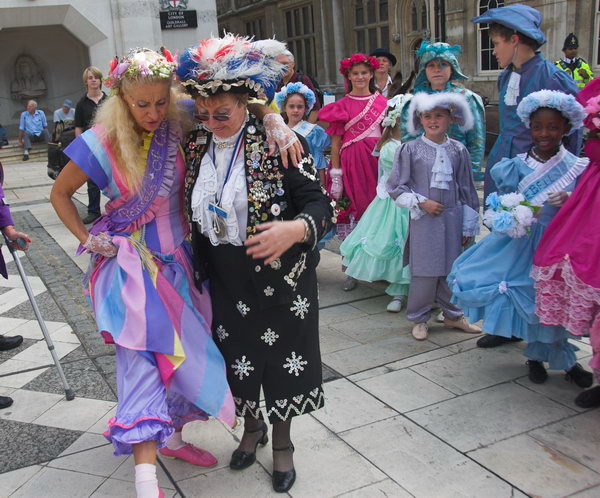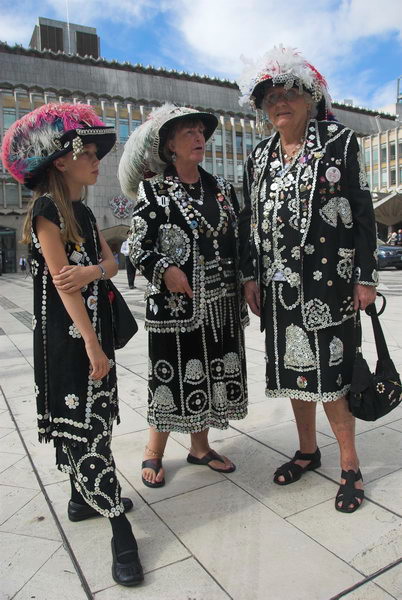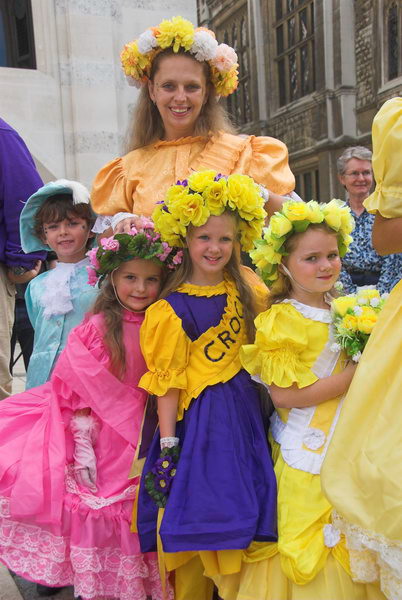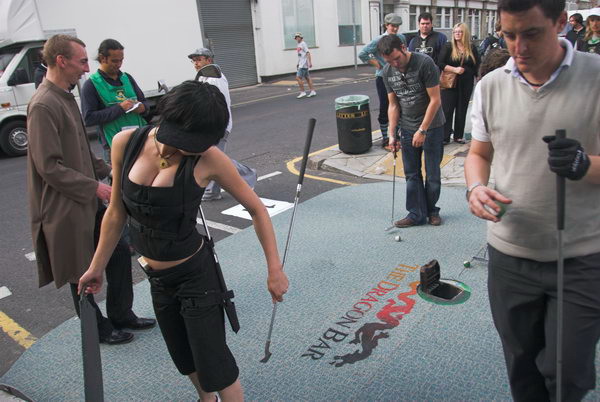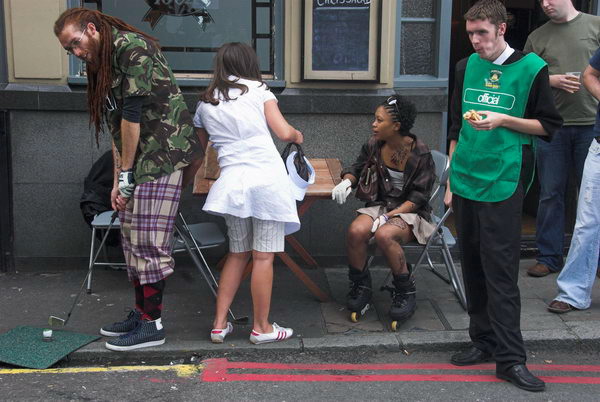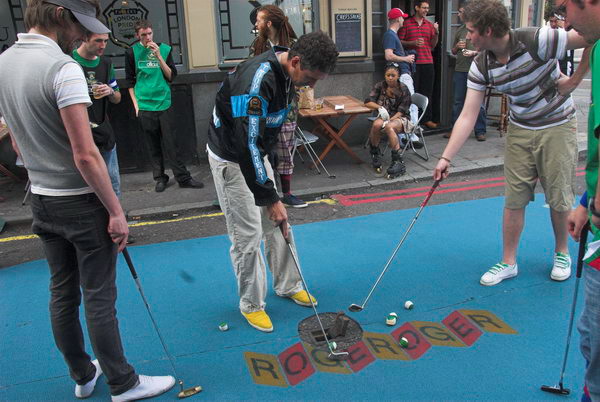Bedford Park – 1989: This is the third post on my walk which began at Kew Bridge Station on 10th of December 1989. The previous post was Turnham Green – 1989.
Conveniently a large plaque on the house tells me this is Prioy Gardens and gives the date of its construction, 1880. The London Borough of Hounslow street sign confirms the street name and tells me it is in Chiswick, true, but more specifically it is in Bedford Park. Yet a third street name can be seen on the wall of the house in case anyone was still in doubt.
This Grade II listed house at 1 Priory Gardens is a part of the Bedford Park Estate, “a pioneering commercial development of some 350 houses and a few public buildings built between 1875 and 1886 by inexperienced developer Jonathan Carr.”
The estate was planned “to create a community of like-minded middle class aesthetes who were defined by modest financial resources and significant artistic aspirations” and was generally regarded soon after as ‘The First Garden Suburb’ and had a great influence on later suburban housing.
The whole estate reflects the Queen Anne Revival style of the period which the listing calls ‘Picturesque‘ and is also known as Domestic Revival. Most of the houses and public buildings on the estate built before 1880 were designed by Richard Norman Shaw, the leading architect of this style, but this was one of the earliest by his protégé E J May who had taken over as Estate Architect. A planning application to demolish the house and develop the site was turned down in 1973 and it is now the headquarters of the Victorian Society.
The Tabard Inn at the right of this row also dates from 1880 and is Grade II* listed, one of the public buildings in the area designed by Richard Norman Shaw. This building was was “a pioneering ‘improved’ pub and represented a rejection of the Gin Palace in favour of a more traditionally inspired and respectable inn” and retains much of its original interior features. The exterior of this group of properties was inspired by the well-known Staples Inn on High Holborn – which some may remember featured on tins of Old Holborn hand rolling tobacco.
To the left of the pub is the managers house, and closer to my camera at left are the Bedford Park Stores. Wikipedia has a long and interesting entry on this group of buildings. The stores later became a showroom for coachbuilder H. J. Mulliner & Co.
The buildings of Bedford Park which had become run-down and many in multi-occupation by the middle of last century were saved from ruin by an influential campaign by the Bedford Park Society and all of Carr’s buildings were listed in 1967. Ealing and Hounslow Councils created conservation areas covering the estate in 1970.
This is I think 15 Priory Avenue, one of 4 houses at the crossroads with Rupert Road, where I could have faced in any direction and photographed a listed house, or walked down either of the roads lined with them. I think this was the most distinctive corner, but it was a rather overwhelming ensemble.
Back on the Bath Road the Wendy Wisbey theatrical agency, address 2 Rupert Road, occupied what had previously been The Phildene Stage School. In 2010 it became part of Orchard House School, now part of Dukes Education.
This was another building designed by Richard Norman Shaw. Unfortunately because of the mass nature of the listing of buildings in this area the listing text is almost devoid of any information.
Another picture of this agency which was also a dance school which shows the fine window at the east of the Bath Road frontage.
Another picture from Bedford Park showing some rather less grand houses. I can no longer recall the exact location – perhaps someone wlll be able to recognise it.
The Parish Hall adjoins the church and is listed together with it. The church by Richard Norman Shaw was built in 1880 as a central element in the new Bedford Park Estate, but the parish hall was a later addition in 1887. The front of the church and the hall face The Avenue but there is a small grassed area in front and the street sign in the photograph is for Woodstock Rd.
The central pillar seems remarkably stout and the decorative ironwork includes two angels above each door.
I left the church and walked down past Turnham Green Station to Chiswick High Road to continue my walk. More later.
Flickr – Facebook – My London Diary – Hull Photos – Lea Valley – Paris
London’s Industrial Heritage – London Photos
All photographs on this page are copyright © Peter Marshall.
Contact me to buy prints or licence to reproduce.





















